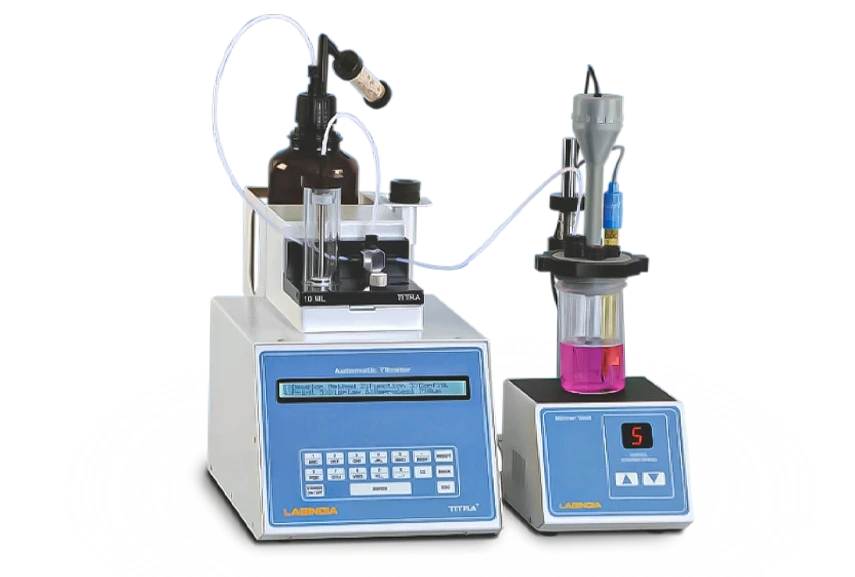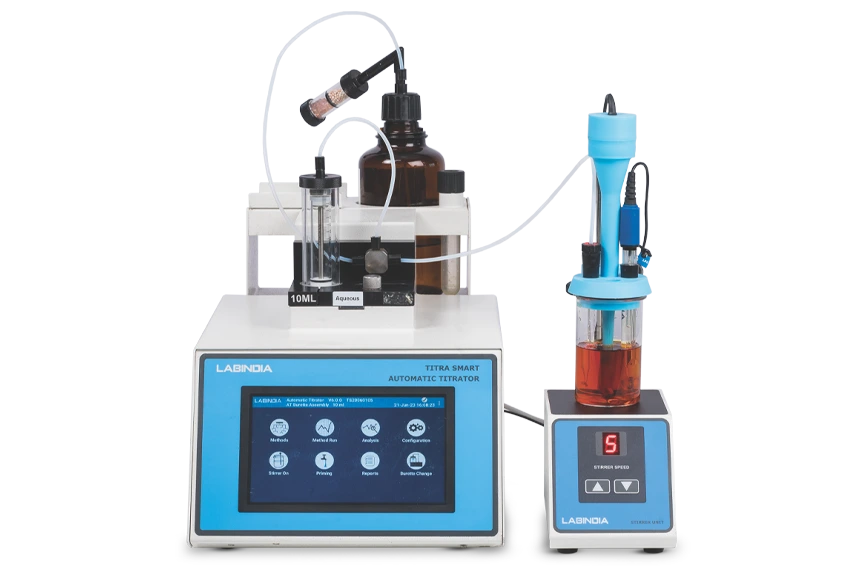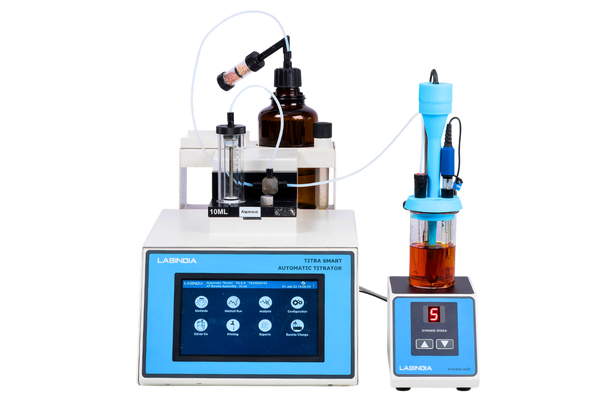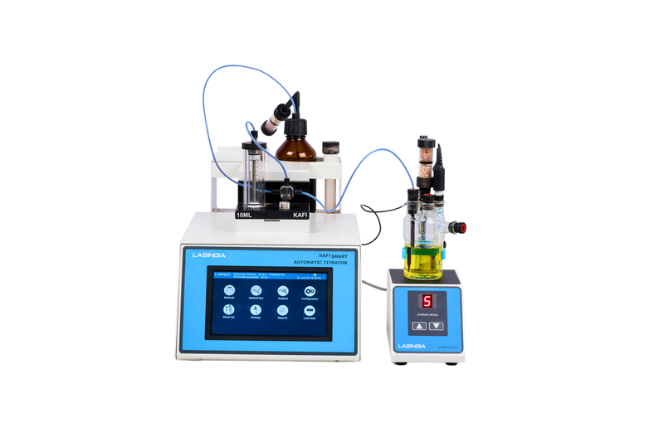Automatic Titrators
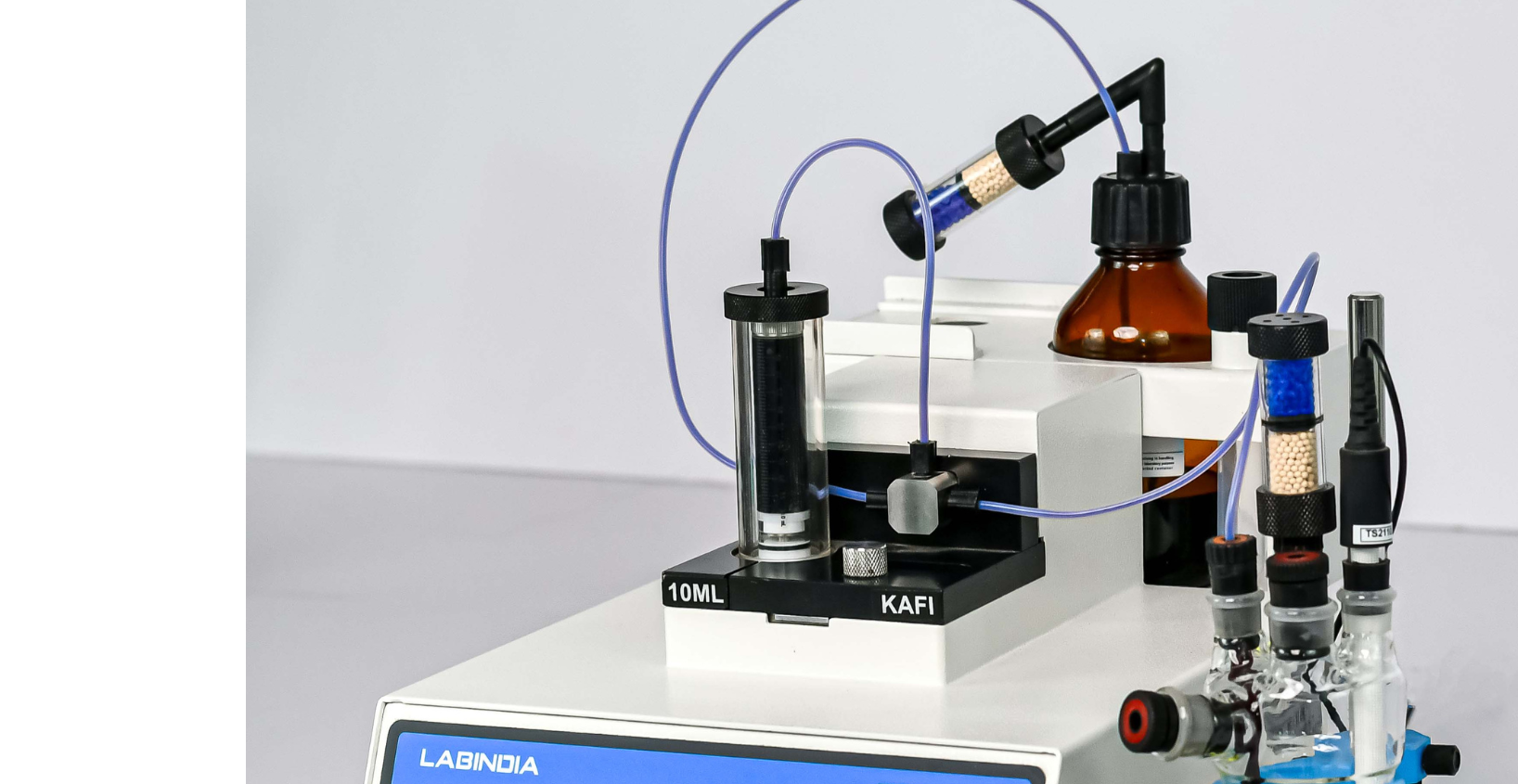
Know more about
Automatic Titrators
Automatic Titrators offer fast, reliable titration with precise results. Suitable for diverse applications, they enhance efficiency and ensure consistency in laboratory research and quality control workflows.
